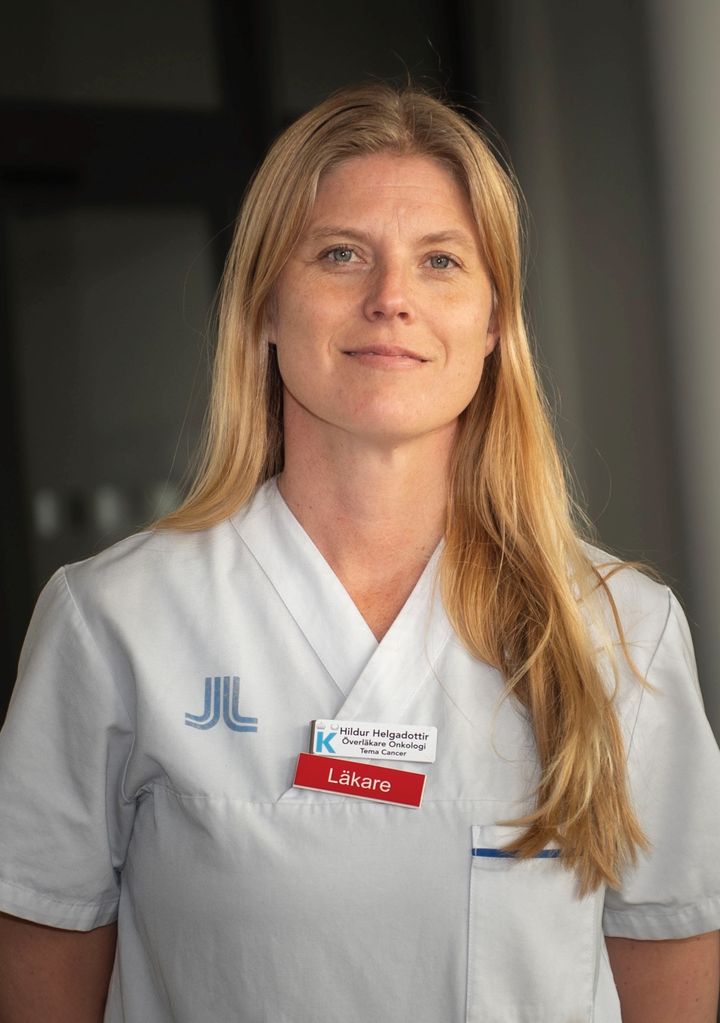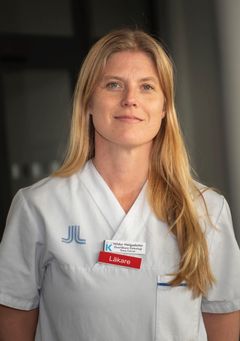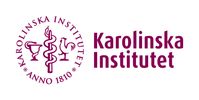Breaking the trend: Skin cancer incidence in young adults declines
The risk of skin cancer for adults under the age of 50 is now decreasing for the first time in Sweden, according to a study from Karolinska Institutet published in JAMA Dermatology.

The risk of skin cancer, malignant melanoma, now appears to be decreasing in Sweden - at least in those under 50, according to a new study.
“We can see a trend break in young adults around 2015 where the incidence curves are falling,” says first author Hildur Helgadottir, senior consultant and associate professor of oncology at the Department of Oncology-Pathology, Karolinska Institutet.
She and her research colleagues have analyzed data from the Swedish Melanoma Registry and followed melanoma incidence and mortality for different age segments over time. This means that they have compared individuals in a certain age range at one point in time with individuals in the same age range at another point in time.
The results show that the new-onset curves for people over 50 years of age are steadily increasing, but for the age groups younger than 50 years, the new-onset curves started to decrease around 2015.
“This is the first time we see this in Sweden, and we are actually the first European country to report a decline,” says Hildur Helgadottir.
In terms of mortality, the curves have also turned downwards for ages up to 59, but not for those over 60. Hildur Helgadottir believes that the decrease in mortality in the younger groups is due both to a reduction in the incidence of the disease and to the introduction of new oncological drugs that have improved the prognosis for the disease. She believes that the fact that mortality is not decreasing in the elderly is because the incidence of the disease is still so high in this group.
“The question is why the risk of melanoma has decreased.
“We have not directly analyzed the causes in our study, but we have hypotheses about factors that we believe have interacted,” says Hildur Helgadottir.
“There are four main factors,” she says.
The first is increased awareness of sun protection.
“The first national 'Sun Safe' campaign in the 1990s specifically highlighted the importance of protecting children. About 20 years later, we believe that this has led to a reduction in the incidence of the disease in younger adults,” says Hildur Helgadottir.
Another factor is that access to sunbeds has decreased drastically. Since 2018, there has been an 18-year age limit on sunbeds, but the number of public sunbeds decreased much earlier.
Third, mobile phones and computers mean that children and young people are spending more time indoors and are not exposed to sunlight in the same way today.
Finally, immigration means that there are more individuals in Sweden with darker pigmentation who can tolerate the sun better.
“We see that it is necessary to continue the work of emphasizing the importance of sun protection so that the reduction of melanoma in younger people is maintained and that the incidence will eventually also decrease in older people,” says Hildur Helgadottir.
Hildur Helgadottir points out how necessary it is to continue to emphasize the importance of sun protection so that the reduction of melanoma in younger people is sustained and that the incidence will eventually decrease in older people as well.
“We are having an unusually warm and sunny September. It is important to remember that from April to September the sun can be strong and you should be careful,” says Hildur Helgadottir.
The research was funded by the Swedish Regional Cancer Centers, the Swedish Cancer Society, Region Stockholm, and the Research Funds of Radiumhemmet, among others. The researchers report that there are no conflicts of interest.
Publication: “Melanoma incidence and mortality trends in Sweden”, Hildur Helgadottir, Rasmus Mikiver, Karina Schultz, Kari Nielsen, Francesca Portelli, Jan Lapins, Susana Puig, Karolin Isaksson. JAMA Dermatology online September 9, 2024, doi: 10.1001/jamadermatol.2024.3514
Facts: Malignant melanoma
Malignant melanoma is a form of skin cancer that starts in the pigment cells (melanocytes) at the bottom of the epidermis. It is the second most common cancer among both women and men, after breast cancer and prostate cancer. Each year, around 5 000 people are diagnosed with malignant melanoma and around 500 die from the disease. The average age at diagnosis is just over 60 years, but each year around 750 people are diagnosed between the ages of 20 and 49.
There is a clear link between skin cancer and the sun's ultraviolet radiation, which causes damage to the genetic material of cells. The risk of melanoma is increased in people who have been highly exposed and have had many burns from sunlight or tanning beds. It is considered particularly risky to get such damage as a child and adolescent because the skin is more vulnerable than in an adult.
Malignant melanoma is more common in people with fair skin; in people with dark skin, malignant melanoma is uncommon. Melanin-rich skin provides good protection against the disease. However, malignant melanoma and other forms of skin cancer can affect anyone, regardless of skin type.
Source: Swedish Cancer Society and National Board of Health and Welfare.
Nyckelord
Kontakter
Hildur Helgadottir, Associate ProfessorDepartment of Oncology-Pathology, Karolinska Institutet
Tel:+46 (0)70 755 77 22hildur.helgadottir@ki.sePress OfficeKarolinska Institutet
Tel:+46 (0)8 524 860 77pressinfo@ki.seki.se/pressroomBilder

About us
Karolinska Institutet is one of the world’s leading medical universities. Our vision is to advance knowledge about life and strive towards better health for all. Karolinska Institutet accounts for the single largest share of all academic medical research conducted in Sweden and offers the country’s broadest range of education in medicine and health sciences. The Nobel Assembly at Karolinska Institutet selects the Nobel laureates in Physiology or Medicine.
Följ Karolinska Institutet - English
Abonnera på våra pressmeddelanden. Endast mejladress behövs och den används bara här. Du kan avanmäla dig när som helst.
Senaste pressmeddelandena från Karolinska Institutet - English
Very early medication abortion is effective and safe6.11.2024 23:00:00 CET | Pressmeddelande
Clinics and hospitals currently defer medication abortion until ultrasound confirms a pregnancy inside the uterus. However, a large international study led by researchers from Karolinska Institutet now indicates that treatment can be equally effective and safe even before the sixth week of pregnancy. The study is published in The New England Journal of Medicine.
The 2024 Nobel Prize in Physiology or Medicine jointly to Victor Ambros and Gary Ruvkun7.10.2024 12:15:58 CEST | Press Release
The Nobel Assembly at Karolinska Institutet has today decided to award the 2024 Nobel Prize in Physiology or Medicine jointly to Victor Ambros and Gary Ruvkun for the discovery of microRNA and its role in post-transcriptional gene regulation.
Announcement of the Nobel Prize in Physiology or Medicine 202426.9.2024 17:00:00 CEST | Pressinbjudan
The Nobel Prize will be announced on Monday 7 October 2024 at 11.30 am (at the earliest).The announcement will be open only for media representatives who have been accredited in advance.
New research explains differences between men's and women's immune systems4.9.2024 17:00:00 CEST | Pressmeddelande
In a recent study published in Nature, Swedish researchers demonstrate the role of sex hormones in regulating the immune system. This newfound knowledge explains differences between men and women and can be used to develop new immunological medications according to researchers.
Rising temperatures in Africa may increase perinatal deaths3.9.2024 11:00:00 CEST | Pressmeddelande
Heatwaves in sub-Saharan Africa are predicted to become more common due to climate change. A new study by researchers at Karolinska Institutet and others, published in Nature Medicine, reveals a worrying correlation between high temperatures in the final week of pregnancy and an increased risk of stillbirth and early neonatal mortality.
I vårt pressrum kan du läsa de senaste pressmeddelandena, få tillgång till pressmaterial och hitta kontaktinformation.
Besök vårt pressrum